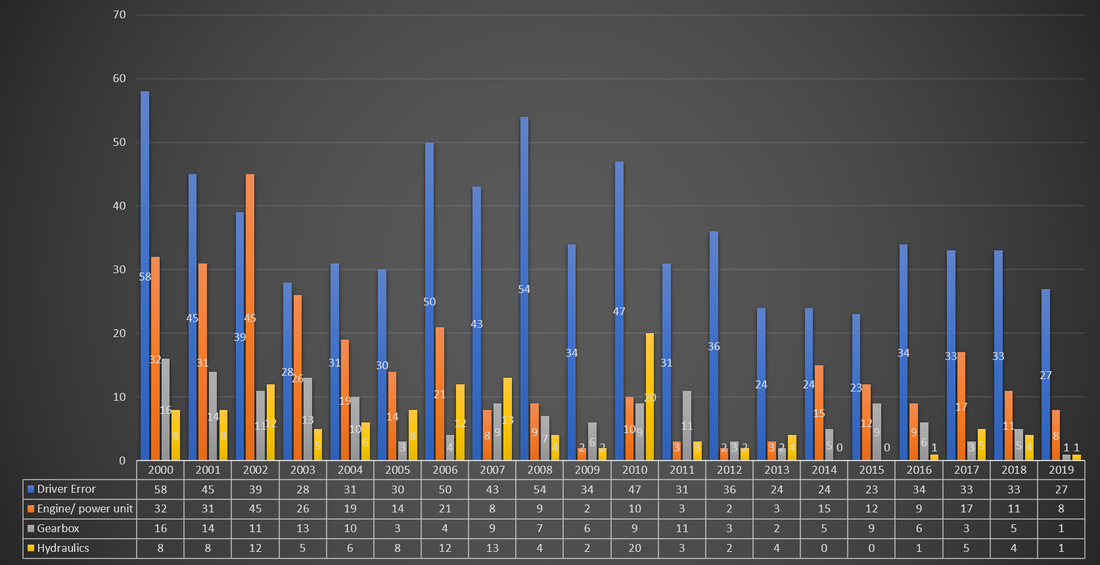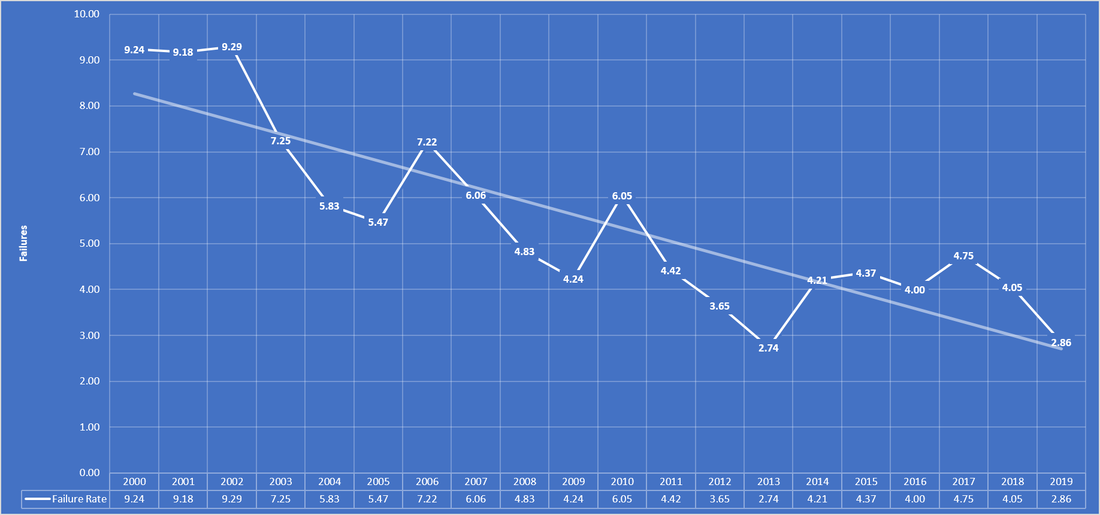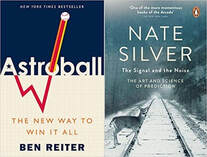Drivetrain, half shaft, launch control, track rod. The escalating terminology of DNFs in Formula One demonstrates how complex and technological racing has become. Cars do not suffer an “engine problem” anymore but instead have “energy recovery system – kinetic” issues. As the machinery becomes more complex and modern the dictionary of driving excuses will continue to grow.
Despite the trickle-down effect of race car technology filtering onto the road there is limited research in the area of Grand Prix attrition rates. With the boom in technology and driver aides since the turn of the millennium this seemed a good opportunity to investigate the primary causes of driver DNFs in F1 over the past 20 season.
Data presented below in the first figure has been analysed from every round of the F1 World Championship from 2000 – 2019 and charted with the top 4 causes of attrition in those events. The rate of DNFs has also been examined to determine if technological progress includes increased reliability.
There is spike in engine/ power unit issues from 2014 – this is resulting from the new power unit technology brought about by a rule change. The rule aimed to cut costs and make engines greener. While they achieved the latter teams have lost prize money and sponsorship revenue by parking up before the race ends.
The second figure considers failure rates within races. The overall rate of retirements has dropped since 2000 with the figure being about 30% of where was 20 years ago. Cars are about 8-10 seconds faster per lap now than they were back then which underlines the increase in driver aides, the raised standard of driving and the durability of the technology at play. 2019 saw a race where all drivers reached the chequered flag, a rare event in the sport.



 RSS Feed
RSS Feed